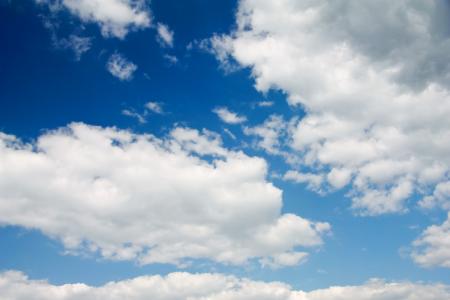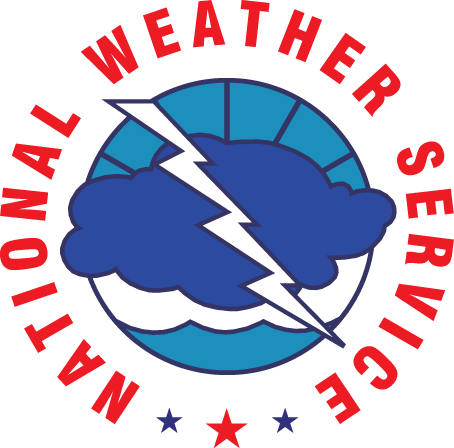
|
The National Weather Service (NWS) in Cleveland is your federal agency that maintains a weather watch 24 hours a day, 7 days a week. We provide weather, water and climate data, forecasts, warnings, and impact-based decision support services for the protection of life and property and enhancement of the national economy. The NWS is the sole United States OFFICIAL voice for issuing warnings during life-threatening weather situations. |
 
The National Weather Service (NWS) operational weather forecast offices across the country issue weather warnings, watches, advisories and forecasts. Your local office is in Cleveland and is staffed 24 hours a day, 7 days a week for the protection of life and property and the enhancement of commerce in northern Ohio, northwest Pennsylvania and Lake Erie. We are an agency within NOAA, the National Oceanic and Atmospheric Administration, which is part of the Department of Commerce within the federal government.
Our Mission Our Forecast Area Our Staff The staff includes: Meteorologist-in-Charge (MIC): The boss. Directs office operations, staff and administrative programs. Warning Coordination Meteorologist (WCM): Public/office liason. Outreach and coordination programs. Directs the office weather warning program. Science Operations Officer (SOO): Office education and training programs. Cordinates local scientific studies. Electronic Systems Analyst (ESA): Directs the office electronic staff and maintenance program. Service Hydrologist: Directs and coordinates the local hydrology program. Information Technology Officer (IT) : Hardware maintenance and software support for operations. Senior Forecaster: Lead Meteorologist and operational shift supervisor. Forecast and warning operations. Data collection and quality contro General Forecaster: Operational Meteorologist. Forecast and warning operations. Data collection and quality contro Electronic Technician: Maintenance of office and field equipment, hardware, and software. Administrative Support (ASA): Office/staff administration. |
ProductsGetting the weather information you need may seem like a puzzle. We can Products/Forecasts We Issue An interactive list of all the products/forecasts we issue with an option to get recent versions. Explanation of Products A brief explanation of each product/forecast we issue. Point and Click Forecast/Warning Map Get the latest forecast and warning information for your neighborhood. Just click the map for the location you want the weather information. Graphical Forecasts All of our forecasts are also presented in a graphical format. World Wide Weather - Forecasts from our counterparts around the world courtesy of the World Meteorological Organization (WMO). North America and Central America
|
EquipmentThe National Weather Service uses a variety of equipment, instruments, software and hardware to monitor and predict the weather. Doppler Radar
Automated Surface Observing System (ASOS)
Advanced Weather Interactive Processing System (AWIPS)
NOAA Weather Radio (NWR) All Hazards |
Participate!The SkywarnTM spotter program is a nationwide network of volunteers trained
CoCoRaHS (Community Collaborative Rain, Hail & Snow Network)
Report severe weather, damage, or injuries/fatalities from the weather Snow Observer Network Cooperative Weather Observers Student Volunteers Jobs at the National Weather Service Study to Become a Meteorologist Weather as a Hobby |
Contact UsAddress: Phone: Email: Hours: Participate: |